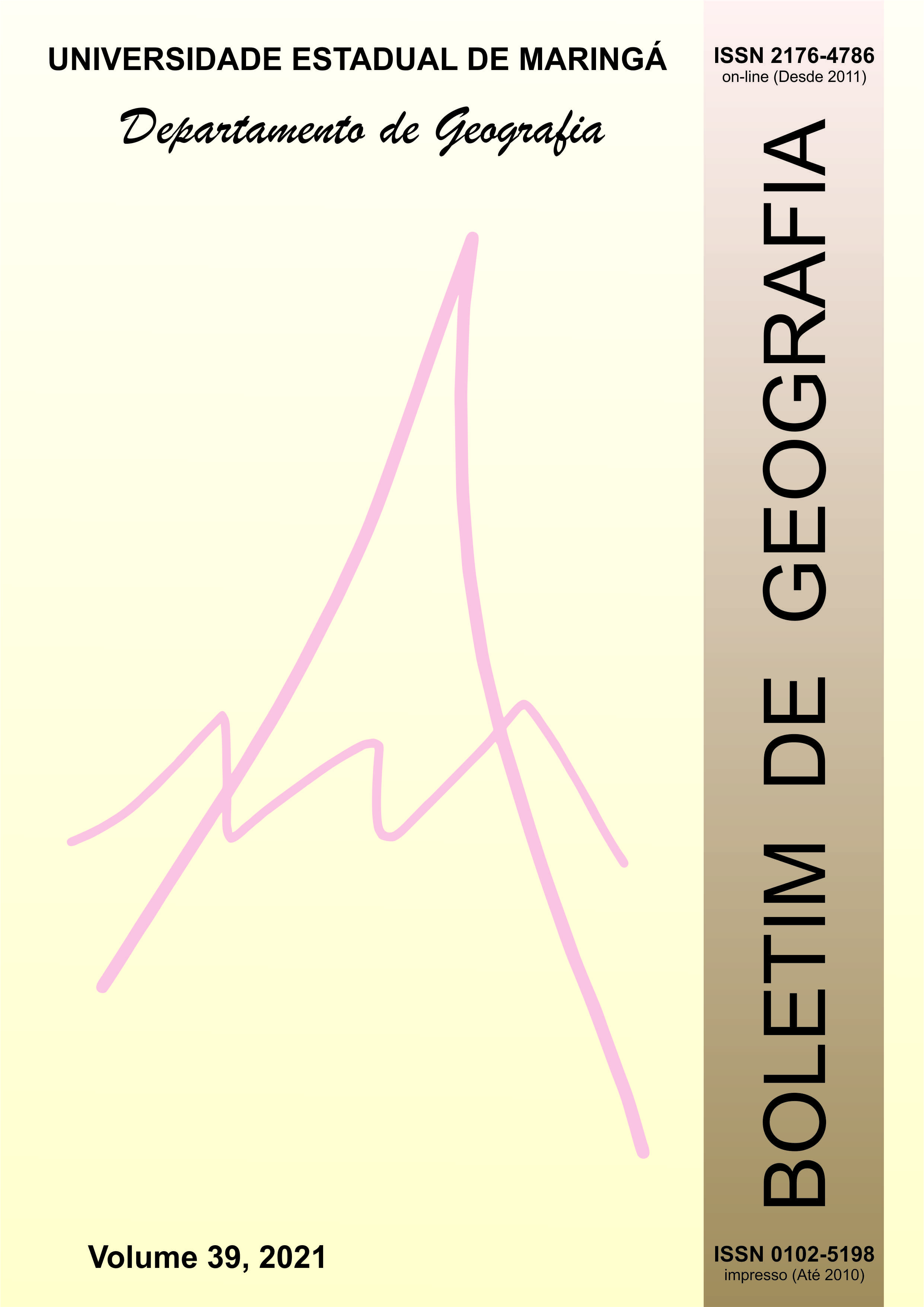Protected Areas as mitigation tools for climate change in Mato Grosso
Abstract
This research aimed to understand how Protected Areas act for the adaptation and mitigation of climate change. The state of Mato Grosso, located in the center-west of Brazil, was analyzed as it is a state of large dimensions and with different biomes in its composition. A case study was carried out in order to dimension the importance of PAs in dealing with the sequestration of Greenhouse Gases (GHG), using the state of Mato Grosso. From the literature review, it was identified that the Protected Areas are a mitigating instrument for climate change, since conservation maintains ecosystem services and helps in the capture and storage of carbon dioxide, called carbon sinks. Through a legal analysis, it was found that the environmental policies of Protected Areas do not materially establish climate change as a basis. The data obtained showed that 4.73% of the state area under study fits into this legal instrument. Despite corresponding to a small territorial parcel, the Protected Areas are spread over the three biomes that make up the state, in the search to protect the three different biodiversity. From the analysis of the data, it is concluded that the Protected Areas have a mitigating role for climate change in the state of Mato Grosso, due to Land Use Change, a factor of great incidence in the state. For further research, it is suggested to analyze the relevance of indigenous areas in this same scenario.
Downloads
Copyright (c) 2021 Boletim de Geografia

This work is licensed under a Creative Commons Attribution 4.0 International License.
O Boletim de Geografia está licenciado através da Creative Commons Atribuição 4.0 Internacional (CC BY 4.0).
Autores que realizam submissões ao Boletim de Geografia concordam com os sequintes termos:
- Autores retêm todos os direitos autorais e concedem à Revista direitos exclusivos da primeira publicação, com o artigo licenciado sob os termos da Creative Commons Atribuição 4.0 Internacional (CC BY 4.0).
- Após a publicação, fica permitido ao autor a republicação em qualquer outros meios de divulgação, desde que mencionada a fonte original.












